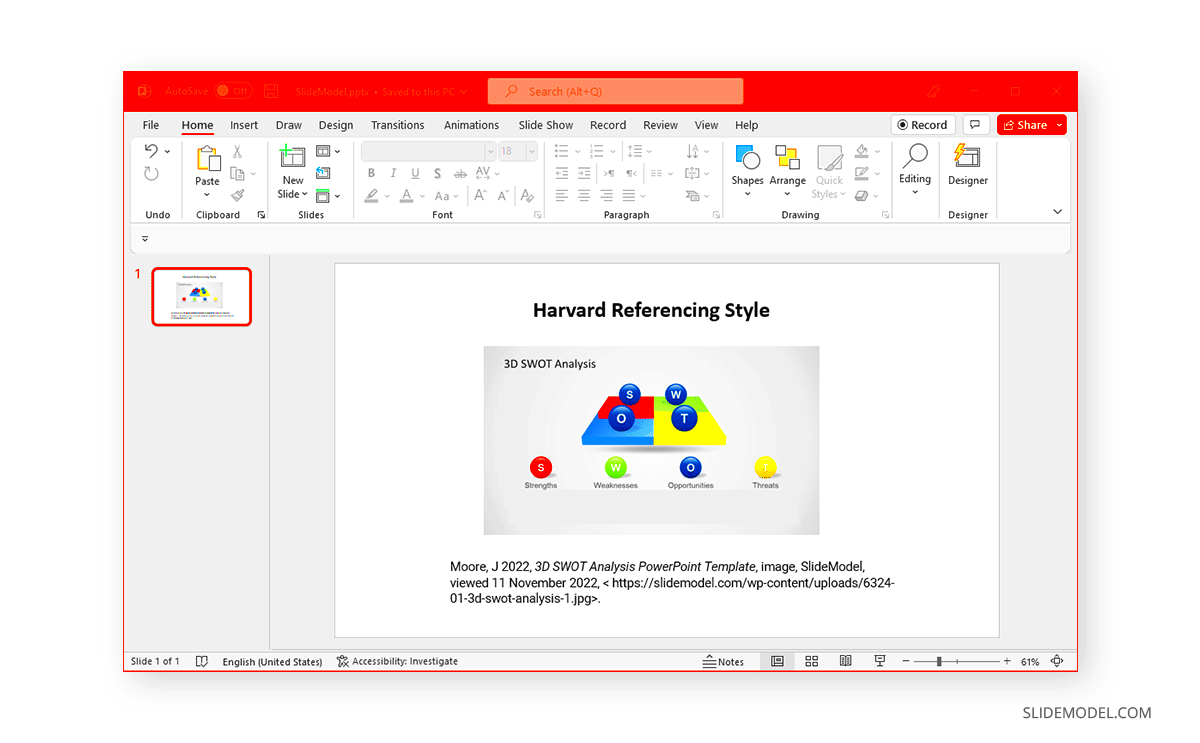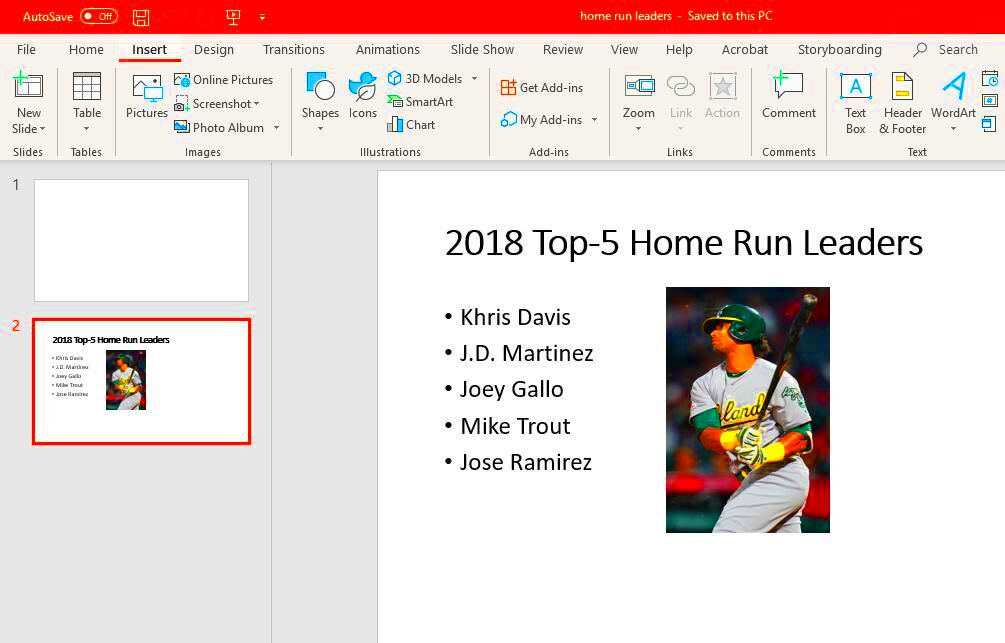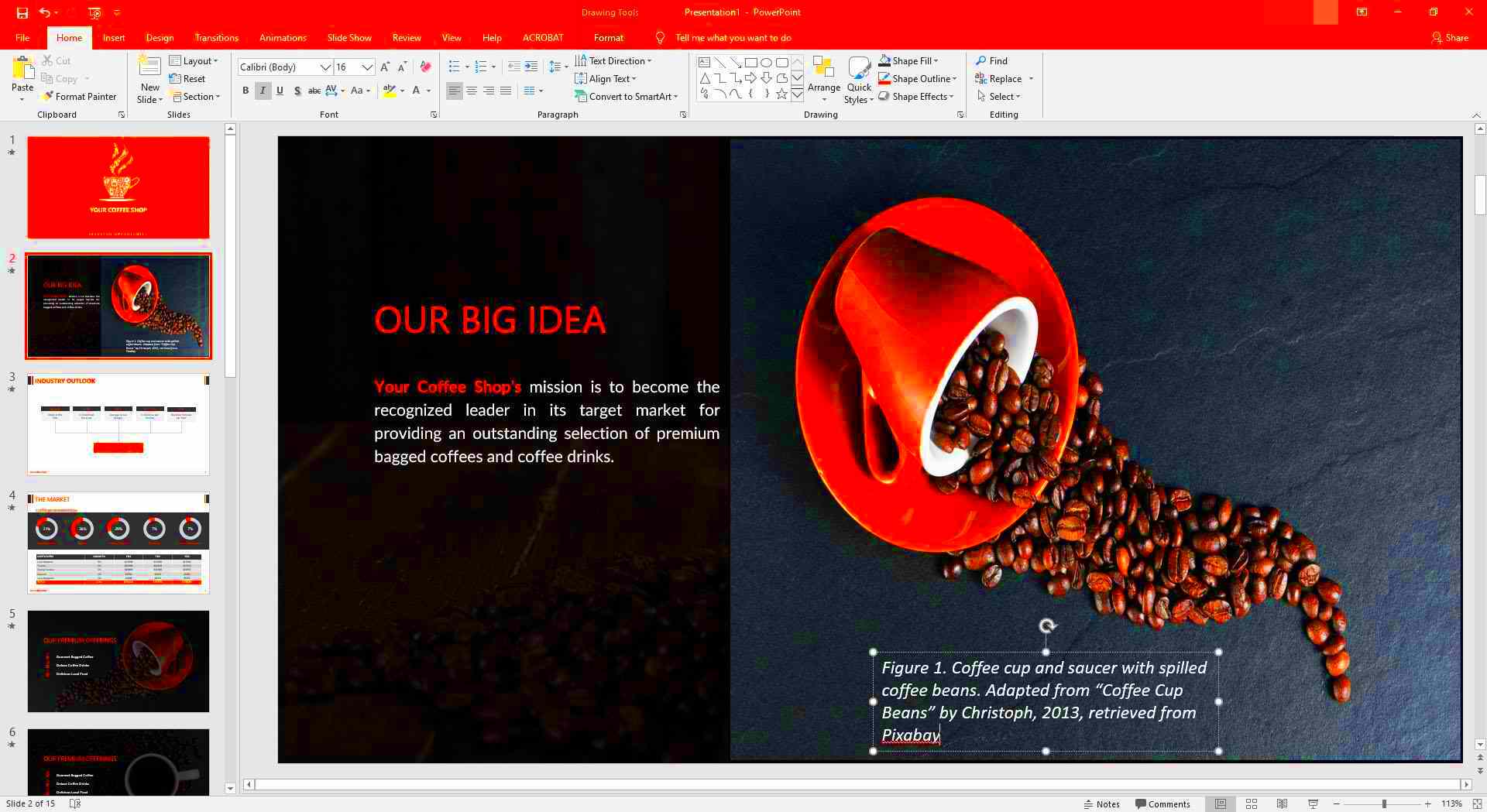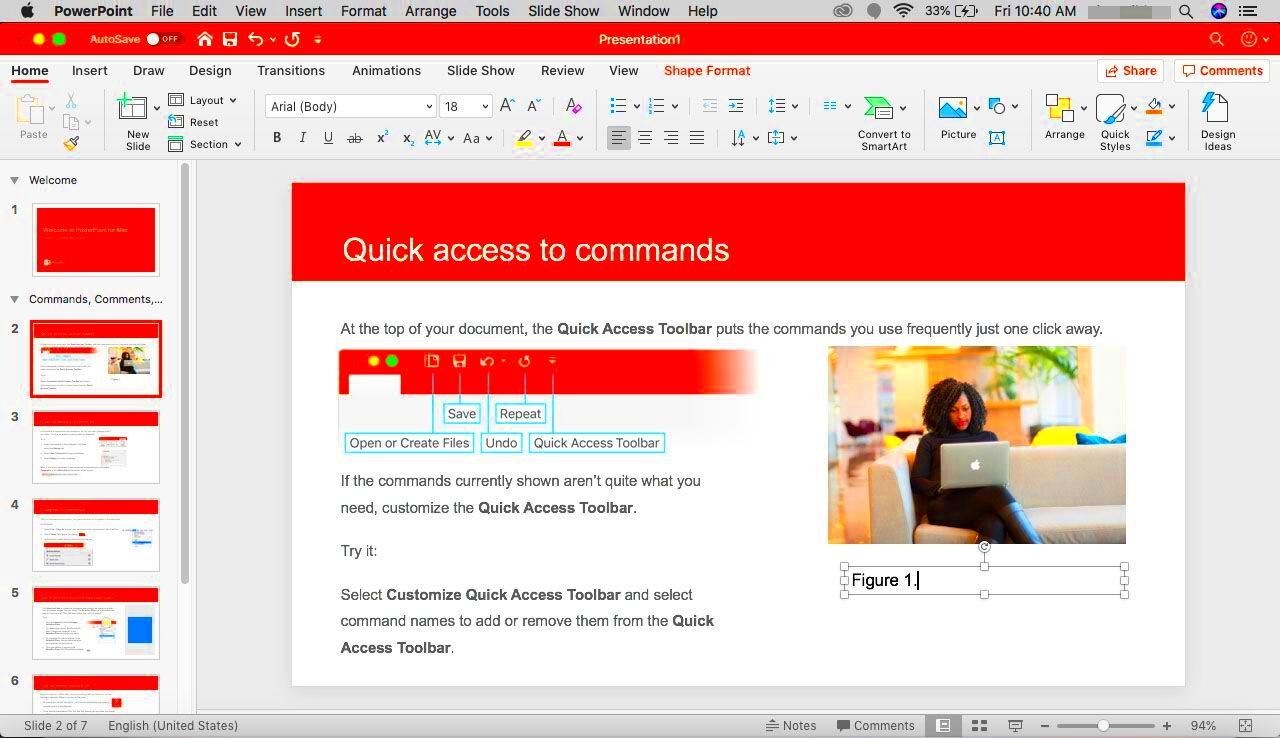Making a PowerPoint presentation, visuals are very important in engaging your audience. However, it’s about not only attracting attention; citing images correctly is also essential. Therefore, proper citation is important because it acknowledges the original creators and adds credibility to your work. Below are some reasons why you should always cite images.
The following are some of the main explanations:
- Respect for Creators: Citing images shows respect for the intellectual property of the artists and photographers.
- Enhancing Credibility: Proper citations enhance the credibility of your presentation by demonstrating your attention to detail.
- Avoiding Plagiarism: Failing to cite images can lead to accusations of plagiarism, which can have serious consequences.
- Educating Your Audience: By citing sources, you can provide your audience with pathways to further information.
Choosing the Right Images for Your Presentation

Choosing suitable pictures is one of the most important steps in coming up with a PowerPoint presentation that grabs attention. The images should correlate with what you want to say so that your audience gets the main idea behind this message. Here is some guidance on how to be smart in making selections:
Keep in mind the subsequent things:
- Relevance: Ensure the image directly relates to your topic.
- Quality: Use high-resolution images to maintain professionalism.
- Source: Prefer images from reputable sources that allow for reuse and modification.
- Licensing: Check if the images are copyright-free or available under a Creative Commons license.
It is crucial to note that your selection of images may drastically affect the comprehension and involvement of your audience. Therefore, spare some time to select them judiciously!
How to Properly Cite Images in PowerPoint

The process of citing pictures within PowerPoint can appear intimidating, however it is actually quite manageable when one understands the procedure. Follow this straightforward instruction manual:
- Identify the Image Source: Find out who created the image and where it was published.
- Choose the Citation Style: Determine which citation style you’ll use, such as APA, MLA, or Chicago. Each style has specific rules for citing images.
- Insert the Citation: In the slide where the image appears, include a caption below the image. This could be in a smaller font size to keep it subtle.
- Create a Reference Slide: At the end of your presentation, add a reference slide that lists all the sources, including images. Format this according to your chosen citation style.
For instance, an APA-style citation of an image could appear as follows:
Author Last Name, First Initial. (Year). Title of the Image [Description]. Website Name. URL
This ensures that not only is your presentation visually attractive but also ethical. Keep in mind that the heart of any professional presentation is its citation!
Using In-Text Citations for Images

Your PowerPoint presentation will include in-text citations which are important in citations of images. They assist in linking the image to its creator and also allow for instant identification of the source. In- text citations; how do you do it right? Here is how.
Below are some suggestions for utilizing in-text citations when it comes to images:
- Placement: Position your in-text citation directly below the image or within the image caption. This makes it clear which source corresponds to which image.
- Format: Follow the citation style you are using (APA, MLA, etc.). For example, in APA, you might include the author’s last name and the year of publication.
- Conciseness: Keep your in-text citations brief. Usually, the author’s last name and year will suffice.
- Relevance: Ensure that the in-text citation directly refers to the image. This helps your audience easily trace back to the original source.
For instance, should you employ an image generated by John Smith in 2020, then your in-text citation may appear like this: (Smith 2020). Correct use of in-text citations enhances the credibility of your assertions and adds to the professionalism of your presentation. It is a little matter that has significant implications!
Creating a Reference Slide for Your Presentation

A reference slide is a necessary component of all PowerPoint presentations particularly when numerous images have been incorporated in it. Moreover, it acts as a comprehensive catalog for your sources and provides an access to original materials to the attendees. How does one create an excellent reference slide? Let's find out.
These are the guidelines for making your reference slide:
- Title Your Slide: Use a clear title like "References" or "Image Sources" to indicate the content.
- List Sources: Include all sources used for images, formatted according to your chosen citation style.
- Include Necessary Details: Each citation should contain the author, year, title of the image, and source URL, depending on the citation style. For example, an APA citation might look like this:
| Author | Year | Title | Source |
|---|---|---|---|
| Smith, J. | 2020 | Beautiful Sunset | www.example.com |
Keep it Organized: Use bullet points or numbered lists to make your references easy to read. Make sure the formatting is consistent throughout.
Having a well-structured reference slide is not only a sign of respect towards the original authors, but it also gives your audience additional tools for their own research.
Common Mistakes to Avoid When Citing Images
Even though it may look easy, citing pictures has its special challenges, which most individuals overlook. To gain recognition in your presentations and also preserve the laws concerning intellectual property, avoiding such errors is essential. Below are some of the common mistakes and how to prevent them from happening.
This is what the errors that are commonly made mostly look like:
- Neglecting to Cite: This is the biggest no-no. Always provide citations for images to avoid plagiarism.
- Incorrect Formatting: Ensure you follow the rules of your chosen citation style. Different styles have specific requirements for citing images.
- Outdated Sources: Use recent sources whenever possible. Citing old or outdated images can lead to misinformation.
- Inconsistent Citation Style: Maintain a uniform citation style throughout your presentation. Mixing styles can confuse your audience.
- Ignoring Image Licensing: Always check the licensing agreements for images. Using copyrighted images without permission can lead to legal issues.
By evading such ordinary blunders, you can guarantee that your PowerPoint presentation is of high standards and ethically upright. Keep in mind that careful referencing is not only a sign of esteem for authors but also a way to improve your masterpiece.
Tools and Resources for Finding Citable Images
It might sometimes feel that way to search for high quality and citable images. Luckily, there are many resources and tools to help you in locating ideal images for your PowerPoint presentation. These resources not just give you aesthetic visualizations but also ensure that legal copyright regulations are abided by. Here are some of the best alternatives!
A set of trustworthy tools is provided below for locating images that can be referenced:
- Creative Commons: This is a great platform for finding images that can be used for free, as long as you provide proper attribution. Visit creativecommons.org to search for images.
- Pexels: Offering a vast collection of free stock photos and videos, Pexels allows you to use images without asking for permission or giving credit to the artist, although credit is appreciated. Check it out at pexels.com.
- Unsplash: Unsplash provides a large library of free high-resolution images that you can use for both personal and commercial projects. Visit unsplash.com for more.
- Pixabay: With over a million free images and videos, Pixabay is another excellent resource. The images are released under Creative Commons CC0, meaning you can use them without attribution. Find it at pixabay.com.
- Google Images: When using Google Images, you can filter your search by usage rights to find images that are labeled for reuse. Just go to Tools > Usage Rights and select the appropriate option.
In so doing, you may indisputably locate photos that improve your presentations and still adhere to copyright legislation by utilizing these instruments and provisions.
Frequently Asked Questions about Citing Images in PowerPoint
When it comes to citing images, this can be complicated particularly if one is a novice in making presentations. Therefore, the following are the commonly asked questions about how to cite pictures in PowerPoint presentations with their simple answers.
1. Why is it important to cite images in my presentation?
Acknowledging images does not only recognize the authors but also serve to boost the reliability of your writing as well as help in evading any forms of copying another person’s work without permission.
2. What citation styles can I use for images?
You have various options including APA, MLA, and Chicago style among others that you can use. Most times, your chosen style will depend on the requirements of your audience or institution.
3. How do I format in-text citations for images?
Citing a source within the text normally entails stating the surname of its writer followed by the date when it was published. This is illustrated by (Smith, 2020) in APA style.
4. Can I use images from Google without citing them?
Exercise caution when using Google images, checking licensing and giving proper attribution if necessary.
5. What should I do if I can't find the original source of an image?
When it comes to the use of images, it is advisable not to use those whose original sources cannot be found. Select images that come from reputable sources so that you can reference the creator appropriately.
Through these FAQs, I really believe some of you will have a clearer understanding about image citing problems that people encounter regularly while doing research. If there is anything else that you would like to clarify further, do not hesitate to contact us!
Conclusion on Best Practices for Citing Images
In conclusion, on the matter of citing images in PowerPoint presentations, obeying rules are fundamental in creation of good and ethical work. Proper citation honors creators’ efforts and raises quality plus credibility of your own presentations. Here are some main points to note:
- Always Cite: Never skip citing images. It's crucial for avoiding plagiarism.
- Choose Quality Sources: Utilize reputable platforms for finding images that are free or available for use with proper attribution.
- Be Consistent: Stick to a single citation style throughout your presentation to maintain clarity.
- Provide In-Text Citations: This helps your audience quickly connect images to their sources.
- Reference Slide: Don’t forget to include a reference slide at the end of your presentation to list all sources used.
In the way of establishing or laying out all those things and considering them, he finds that he will generate meaningful even without being inclined to legal copyright infringement material online presentations which are enjoyable as well. Wishing good luck on making speeches!

 admin
admin








